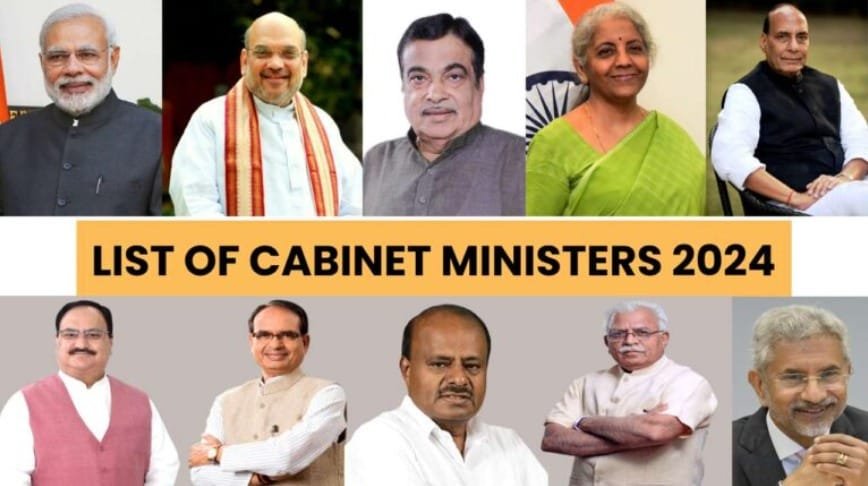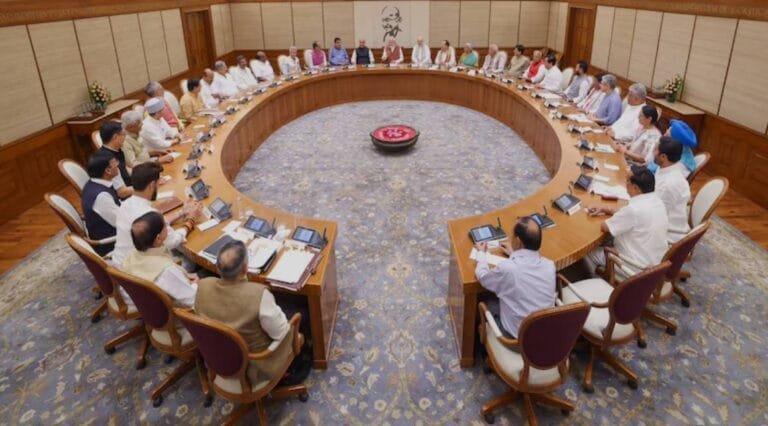India’s government operates through a robust framework of leadership, with the Cabinet Ministers playing pivotal roles in steering the country’s progress. Here, we take a closer look at some key individuals, their portfolios, and a historical insight into India’s first Prime Minister.
Who is the Education Minister of India?
The Education Minister of India oversees the Ministry of Education, responsible for policies, programs, and initiatives in school and higher education. Dharmendra Pradhan, a senior BJP leader, currently holds this portfolio. Under his leadership, the Ministry focuses on implementing the National Education Policy (NEP) 2020, which aims to transform India’s education system by emphasizing digital learning, vocational training, and research and innovation.
Pradhan has also been instrumental in introducing skill development initiatives to bridge the gap between education and employability. His focus on promoting Indian languages and creating opportunities for marginalized communities reflects his vision of an inclusive education system.
Who is the Finance Minister of India?
Nirmala Sitharaman serves as India’s Finance Minister, a role of immense significance in shaping the country’s economic policies. She is also the Minister of Corporate Affairs, making her one of the most influential figures in the government. Sitharaman has made history as India’s first full-time female Finance Minister.
Under her stewardship, the Indian economy has undergone significant reforms, including measures to boost economic recovery post-COVID-19, enhance foreign investments, and promote digital payments. Her leadership is evident in landmark initiatives like the Aatmanirbhar Bharat (Self-Reliant India) stimulus packages and the Union Budget, which focuses on infrastructure development and job creation.
Who is the Prime Minister of India?
Narendra Modi is the current Prime Minister of India, serving since May 2014. As the head of the government, Modi has been a driving force behind transformative programs such as Digital India, Swachh Bharat Abhiyan (Clean India Mission), and Make in India.
Hailing from a humble background, Modi’s leadership style reflects a vision of development and self-reliance. He has played a critical role in shaping India’s foreign relations, boosting India’s global standing with initiatives like International Solar Alliance and his active participation in global summits such as G20 and BRICS.
List of Cabinet Ministers in Government of India

The Indian Cabinet comprises senior leaders who head various ministries. As of now, some key ministers include:
- Amit Shah: Minister of Home Affairs and Minister of Cooperation
- Rajnath Singh: Minister of Defence
- S. Jaishankar: Minister of External Affairs
- Piyush Goyal: Minister of Commerce and Industry
- Nitin Gadkari: Minsiter of Road Transport and Highways
- Prahlad Joshi: Consumer Affairs, and Food & Public Distribution / Renewable Energy
- Sarbananda Sonowal: Minister of Ports, Shipping and Waterways
- Shivraj Singh Chouhan: Minister of Agriculture and Farmers Welfare & Minister of Rural Development
- Manohar Lal Khattar: Minister of Power & Minister of Housing and Urban Affairs
- Giriraj Singh: Minister of Textiles
- Gajendra Singh Shekhawat: Minister of Culture / Minister of Tourism
- Annpurna Devi: Minister of Women and Child Development
Shivraj Each minister plays a vital role in policy formulation and implementation, driving India’s progress across different sectors.
Who Was the First Prime Minister of India?
India’s first Prime Minister was Jawaharlal Nehru, a central figure in the country’s freedom struggle and an architect of modern India. Serving from 1947 to 1964, Nehru’s vision was rooted in democracy, secularism, and socialism. He laid the foundation for India’s industrialization, emphasizing science, technology, and education. Nehru’s policies led to the establishment of premier institutions like IITs and AIIMS. His advocacy for non-alignment shaped India’s foreign policy during the Cold War era.
India’s Cabinet, with its blend of experienced leaders and visionaries, continues to drive the nation toward progress and prosperity. Understanding the key players and their roles provides insight into the governance of the world’s largest democracy.


